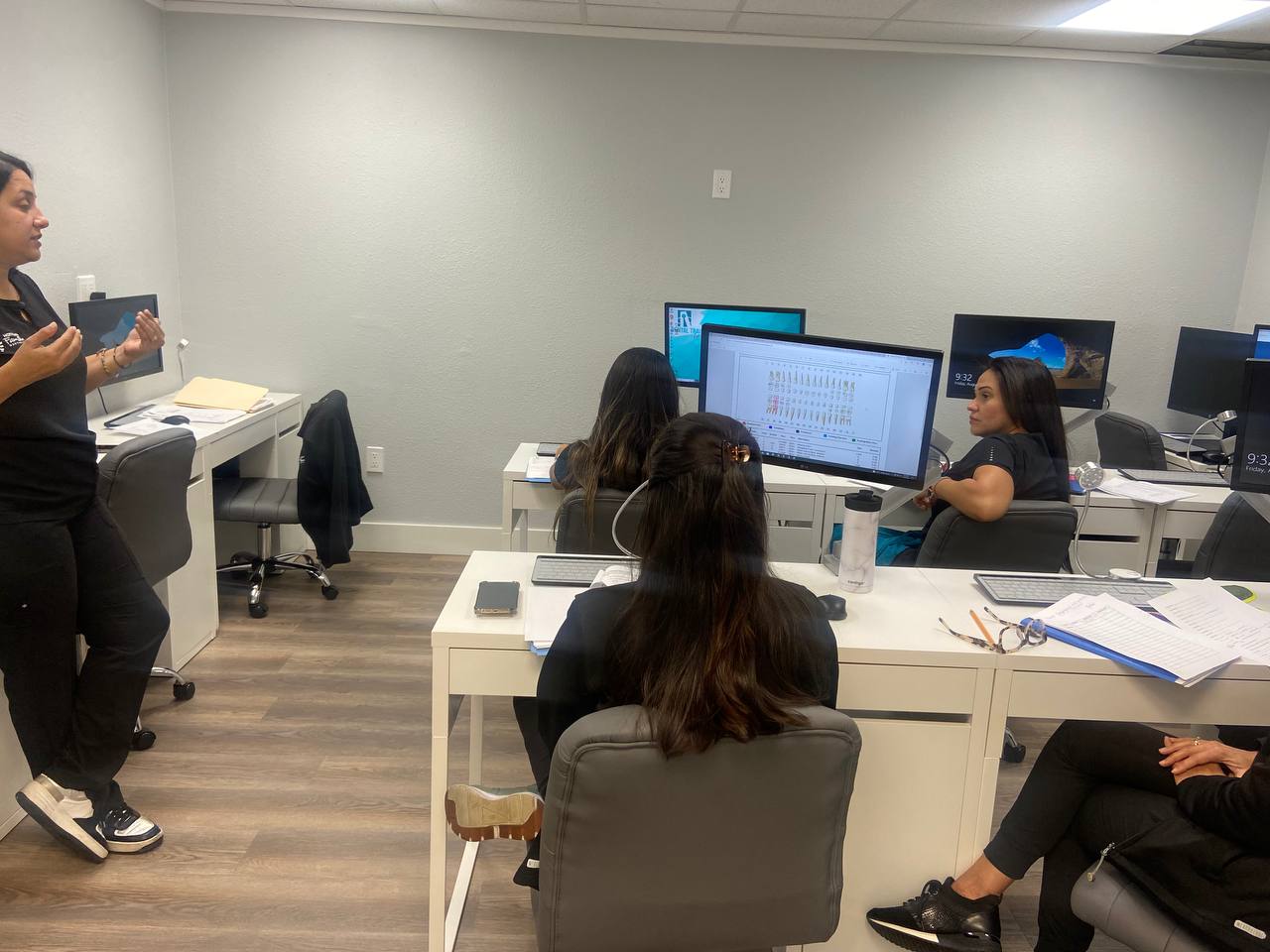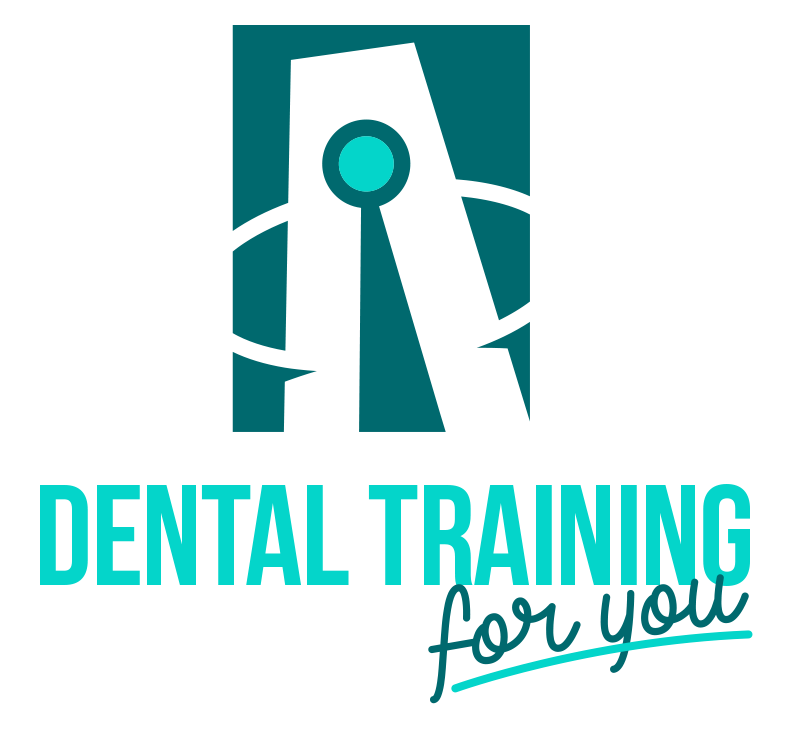Online Diploma in Orthodontics
DIAGNOSIS AND TREATMENT PLANNING OF MALOCCLUSIONS
Is a continuing education program designed for dentists who wish to update and enhance their knowledge in orthodontics based on the most recent scientific evidence.
This program provides both theoretical and practical training in diagnosis, cephalometric analysis, treatment planning, and orthodontic biomechanics, enabling professionals to apply standardized clinical protocols in their daily practice.
This diploma has been structured to comply with state continuing education standards and regulations for dentistry across the United States. The program design allows participants to develop key competencies in managing malocclusion cases, using advanced technology for orthodontic diagnosis, and implementing biosecurity protocols and professional ethics. Through a blended methodology combining synchronous online sessions with autonomous activities and case studies the diploma ensures meaningful learning that can be directly applied to real clinical practice.
With a total of 300 CE credits, the program is structured to ensure the progressive acquisition of knowledge and skills, including clinical case discussions and critical analysis of scientific literature. The final evaluation consists of presenting an integrative clinical case and an evidence-based research paper, thereby ensuring participant competence in the field of orthodontics.
ACTIVITY SCHEDULE
- Bioethics in Orthodontics and Initial Diagnosis
- Craniofacial Growth and Development
- Occlusal Development and Etiological Factors of Malocclusion
- Elements of Orthodontic Diagnosis
- Classification and Treatment Planning of Class I Malocclusions
- Diagnosis and Treatment Planning of Class II Malocclusions
- Diagnosis and Treatment Planning of Class III Malocclusions
- Applied Orthodontic Biomechanics
- Clinical Cases and Final Evaluation
PROGRAM STRUCTURE AND CE CREDITS
| MODULE | HOURS WITH INSTRUCTOR | INDEPENDENT WORK HOURS | TOTAL CE |
|---|---|---|---|
| Bioethics in Orthodontics and Initial Diagnosis | 8 | 8 | 16 |
| Craniofacial Growth and Development | 18 | 18 | 36 |
| Occlusal Development and Etiological Factors of Malocclusion | 28 | 28 | 56 |
| Elements of Orthodontic Diagnosis | 20 | 20 | 40 |
| Classification and Treatment Planning of Class I Malocclusions | 20 | 20 | 40 |
| Diagnosis and Treatment Planning of Class II Malocclusions | 28 | 28 | 56 |
| Diagnosis and Treatment Planning of Class III Malocclusions | 28 | 28 | 56 |
| Applied Orthodontic Biomechanics | 20 | 20 | 40 |
| Total | 150 | 150 | 300 |
PRECLINICAL AND PRACTICAL ACTIVITIES
Interactive Practice Manual:
- Self-assessment questionnaire to reinforce theoretical and clinical concepts before practical training.
Preclinical Practices:
- Cephalometric Tracing in Specialized Software: Application of cephalometric measurements for orthodontic diagnosis.
- Diagnosis Using Study Models: Evaluation of dental discrepancies and analysis of patient models.
- Radiographic Interpretation in Orthodontics: Use of panoramic and cephalometric radiographs for treatment planning.
- Orthodontic Biomechanics Analysis: Simulation of tooth movements and application of forces with appliances.
Final Evaluation:
- Theoretical exam on key concepts of the diploma.
- Development of an integrative clinical case with diagnosis, cephalometric tracing, and an evidence-based treatment plan.
EVALUATION RUBRICS
To ensure objective evaluation, the following criteria are established:
Written Evaluation (40% of final grade)
| Criterion | Excellent (10 pts) | Good (7–9 pts) | Fair (4–6 pts) | Poor (0–3 pts) |
|---|---|---|---|---|
| Theoretical Knowledge | Responds with precision and scientific justification. | Correct response with partial justification. | Responds with minor errors. | Incorrect or insufficient answers. |
| Clinical Application | Integrates concepts accurately into clinical cases. | Applies correctly, but with limitations. | Application with minor errors. | Unable to apply concepts correctly. |
Integrative Clinical Case (30% of final grade)
| Criterion | Excellent (10 pts) | Good (7–9 pts) | Fair (4–6 pts) | Poor (0–3 pts) |
|---|---|---|---|---|
| Clinical Diagnosis | Accurate identification with scientific justification. | Correct diagnosis, but lacking strong argumentation. | Partial diagnosis with some errors. | Incorrect or unfounded diagnosis. |
| Treatment Plan | Complete proposal aligned with evidence. | Adequate plan with some gaps. | Incomplete plan or with conceptual flaws. | Incorrect plan or without justification. |
This diploma guarantees comprehensive training in orthodontics, ensuring the acquisition of essential competencies for the diagnosis and treatment of malocclusions.
Content Index
I. Program Introduction
II. Activity Schedule – Theoretical Module:
Fundamentals of Orthodontics
III. Program Structure and CE Credits
IV. Preclinical and Practical Activities
V. Evaluation Rubrics
- Written Evaluation (40% of final grade)
- Integrative Clinical Case (30% of final grade)
EXPLORE OUR ONLINE DIPLOMAS
GET IN TOUCH WITH US
Why people believe in us
"Thank you, I really liked it a lot, it clarified many doubts, I'm glad you had that initiative and I recommend you 100%"
Jane Faber, New York
Excellent course, excellent material provided and excellent teacher who taught the course. 100% recommended”
Hailen Mairim Rosales Monagas
I took this course a few months ago and I recommend it 100%. The course was essential in my preparation for the bench test.
Ashley Torres





